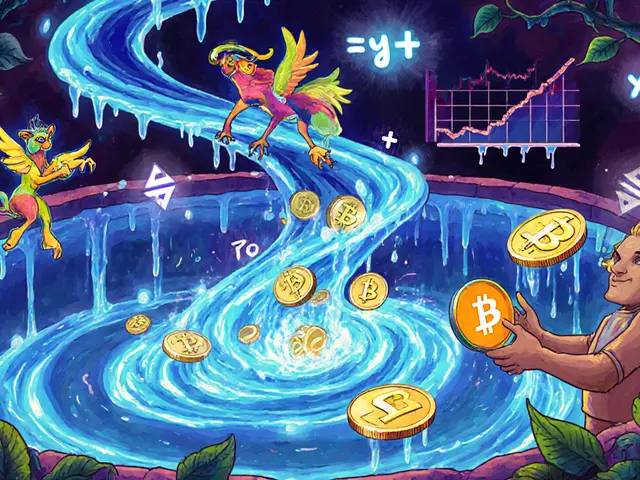$PANDO airdrop details: What you need to know before you claim
When you hear about a $PANDO airdrop, a free token distribution tied to a blockchain project, often used to grow user adoption. Also known as free crypto distribution, it sounds like easy money—until you realize most of them are either fake, inactive, or designed to steal your wallet info. There’s no official $PANDO token or airdrop running as of 2025. No team, no website, no blockchain record. Just social media posts and Telegram groups pushing you to connect your wallet and "claim" something that doesn’t exist.
Airdrops like ATA airdrop, a real token distribution by Automata Network for privacy-focused Web3 users or RACA airdrop, a verified event tied to the Radio Caca Metamon game with clear rules and claimed rewards require proof of participation—like holding a specific NFT, using a dApp, or trading on a live exchange. They don’t ask for your private key. They don’t send you a link to "claim" from a random website. They don’t promise 10,000 tokens for clicking a button. If it sounds too simple, it’s a scam. The same pattern shows up in dead projects like veDAO (WEVE), a non-existent crypto project used to trick investors into buying fake tokens or Diyarbekirspor Token (DIYAR), a fan token with zero circulating supply and no real utility. These aren’t mistakes—they’re red flags.
Real airdrops don’t come from Twitter bots or Discord DMs. They’re announced on official project blogs, linked to active smart contracts, and tracked on blockchain explorers like Etherscan or BscScan. You earn them by doing something—trading, staking, testing a beta feature—not by giving away your seed phrase. The $PANDO airdrop is a ghost. It has no history, no team, no code. If you’re seeing it pop up now, it’s because someone is trying to cash in on the word "airdrop" while you’re not paying attention.
What you’ll find below are real examples of airdrops that worked, ones that failed, and others that were never real at all. You’ll see how to tell the difference, what to check before you even think about connecting your wallet, and why the safest move is often to walk away. No hype. No promises. Just facts.








